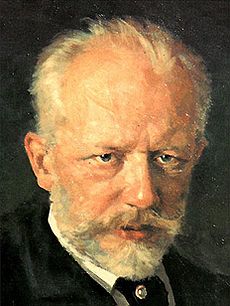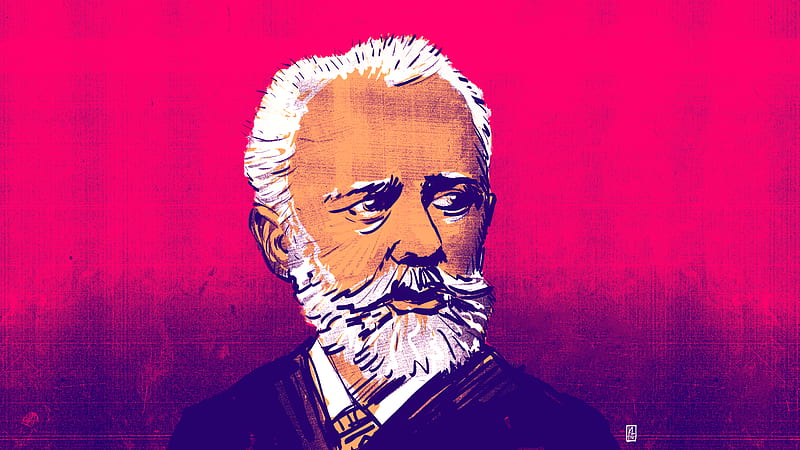Among the most famous and beloved ballets in the world, The Nutcracker by Pyotr Ilyich Tchaikovsky has become a timeless holiday classic. Its enchanting melodies and magical story captivate audiences of all ages, making it a staple of festive performances worldwide. However, its journey from conception to international acclaim was not without challenges. This article delves into the history of The Nutcracker, exploring its origins, premiere, reception, and lasting legacy.
Origins and Inspiration
The origins of The Nutcracker trace back to the French writer Alexandre Dumas’ adaptation of The Nutcracker and the Mouse King, a novella written by German author E.T.A. Hoffmann in 1816. Dumas’ version, titled Histoire d’un casse-noisette (The Story of a Nutcracker), softened the darker elements of Hoffmann’s tale, making it more suitable for children.
In 1891, Ivan Vsevolozhsky, the director of the Imperial Theatres in St. Petersburg, commissioned Tchaikovsky to compose the music for a ballet adaptation of The Nutcracker, to be choreographed by Marius Petipa. Petipa, a renowned French ballet master, provided Tchaikovsky with detailed instructions, including scene breakdowns and tempo suggestions.
Composition Process
Tchaikovsky composed The Nutcracker between 1891 and 1892, working on it alongside his opera Iolanta. He was reportedly less enthusiastic about the project at first, feeling constrained by the structure of ballet music. However, inspiration struck during his travels to Paris, where he discovered a newly invented instrument—the celesta. Enthralled by its ethereal, bell-like sound, he used it to create the famous Dance of the Sugar Plum Fairy, one of the ballet’s most recognizable pieces.
Before the full ballet premiered, Tchaikovsky arranged several highlights into a concert suite, which was performed in March 1892 to positive reception. The suite included beloved pieces such as Waltz of the Flowers, March, and Russian Dance (Trepak), which continue to be celebrated in their own right.
Premiere and Initial Reception
The full ballet premiered on December 18, 1892, at the Mariinsky Theatre in St. Petersburg, performed as a double bill with Iolanta. The choreography was completed by Petipa’s assistant, Lev Ivanov, due to Petipa falling ill.
Despite high expectations, the initial reception was mixed. Critics found fault with the storyline, the choreography, and even the performances. Some deemed the ballet confusing, while others criticized the child performers and the prominence of the mechanical dolls in the first act. However, Tchaikovsky’s music was widely praised for its charm and originality, and the orchestral suite remained popular.
Rediscovery and Global Success
Although The Nutcracker was not an immediate success, it gained new life in the 20th century, particularly in the United States. In 1944, the San Francisco Ballet staged the first full-length American production, sparking interest in the work. However, it was George Balanchine’s 1954 production for the New York City Ballet that cemented The Nutcracker as a holiday tradition in the United States.
Since then, countless ballet companies worldwide have performed The Nutcracker annually, often with unique interpretations and adaptations. Its blend of fantasy, nostalgia, and dazzling music has made it a holiday staple, drawing families and ballet enthusiasts to theaters every December.
Legacy and Influence
Today, The Nutcracker is one of the most performed ballets in the world. Tchaikovsky’s score, with its iconic melodies and masterful orchestration, remains a testament to his genius. The ballet has inspired numerous adaptations in film, theater, and television, further embedding it in popular culture.
Despite its rocky start, The Nutcracker has evolved into an enduring symbol of holiday magic, proving that great art can transcend its initial reception to achieve timeless acclaim. Through its music and enchanting story, it continues to captivate audiences, ensuring its place as one of Tchaikovsky’s most treasured masterpieces.


Comments are closed